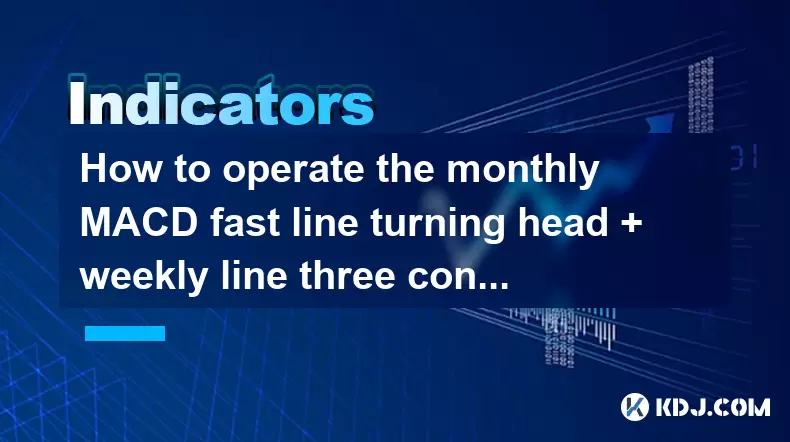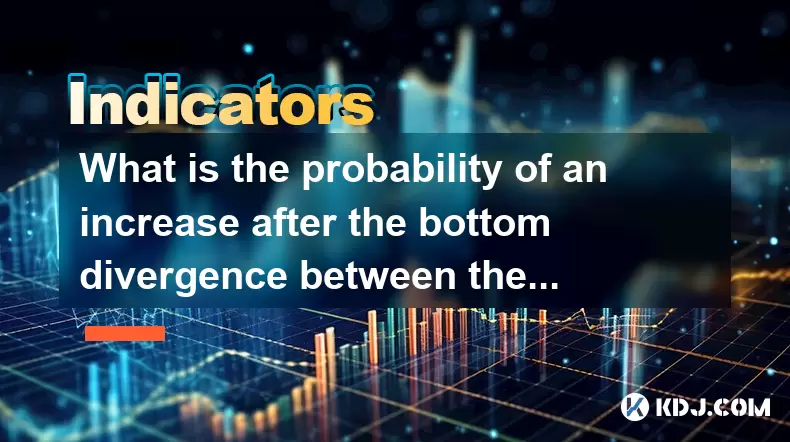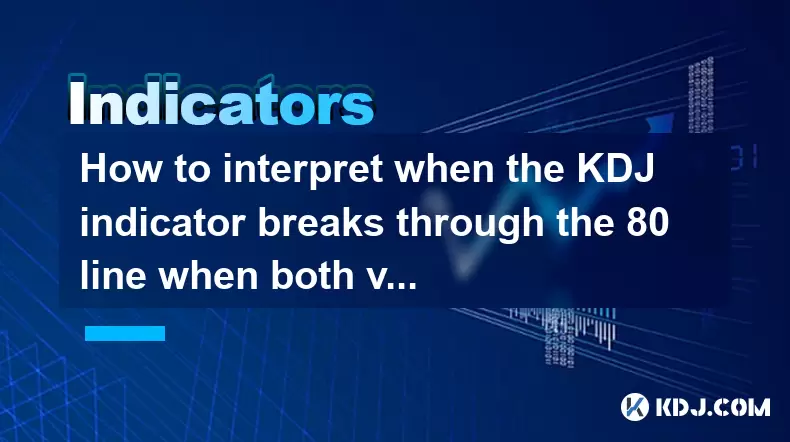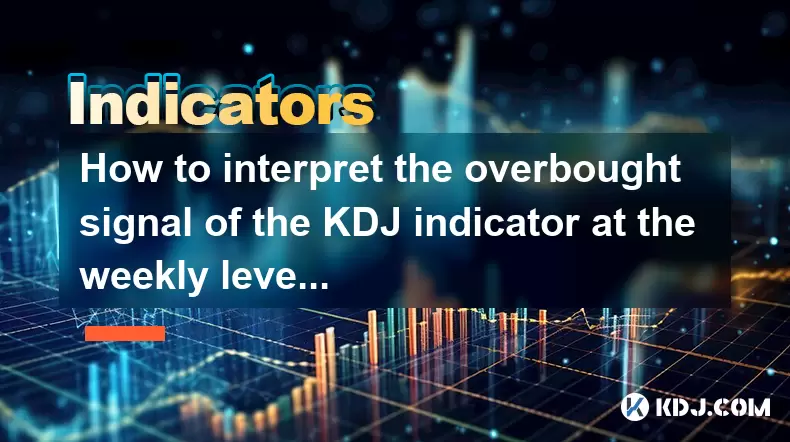-
 Bitcoin
Bitcoin $115100
-2.99% -
 Ethereum
Ethereum $3642
-1.38% -
 XRP
XRP $3.027
-5.51% -
 Tether USDt
Tether USDt $1.000
-0.05% -
 BNB
BNB $763.4
-1.32% -
 Solana
Solana $177.2
-5.42% -
 USDC
USDC $0.9999
-0.02% -
 Dogecoin
Dogecoin $0.2247
-6.47% -
 TRON
TRON $0.3135
0.23% -
 Cardano
Cardano $0.7824
-4.46% -
 Hyperliquid
Hyperliquid $42.53
-0.97% -
 Stellar
Stellar $0.4096
-6.09% -
 Sui
Sui $3.662
-2.61% -
 Chainlink
Chainlink $17.63
-3.57% -
 Bitcoin Cash
Bitcoin Cash $536.3
2.94% -
 Hedera
Hedera $0.2450
0.34% -
 Avalanche
Avalanche $23.23
-3.15% -
 Litecoin
Litecoin $112.2
-1.23% -
 UNUS SED LEO
UNUS SED LEO $8.976
-0.30% -
 Shiba Inu
Shiba Inu $0.00001341
-2.72% -
 Toncoin
Toncoin $3.101
-2.44% -
 Ethena USDe
Ethena USDe $1.001
-0.05% -
 Uniswap
Uniswap $10.08
-1.97% -
 Polkadot
Polkadot $3.938
-2.77% -
 Monero
Monero $323.9
0.87% -
 Dai
Dai $0.9999
-0.02% -
 Bitget Token
Bitget Token $4.481
-1.69% -
 Pepe
Pepe $0.00001199
-5.94% -
 Aave
Aave $288.2
-0.68% -
 Cronos
Cronos $0.1279
0.36%
How to operate the monthly MACD fast line turning head + weekly line three consecutive negative + daily line shrinking rebound?
A monthly MACD fast line turning head, three consecutive weekly negative bars, and a daily shrinking rebound signal a potential short-term bounce in a long-term bearish trend.
Jul 24, 2025 at 11:21 pm

Understanding the MACD Indicator Components
The MACD (Moving Average Convergence Divergence) is a trend-following momentum indicator that shows the relationship between two moving averages of a cryptocurrency’s price. It consists of three elements: the MACD line, the signal line (fast line), and the histogram. The MACD line is calculated by subtracting the 26-period Exponential Moving Average (EMA) from the 12-period EMA. The signal line is a 9-period EMA of the MACD line. The histogram represents the difference between the MACD line and the signal line.
When traders refer to the "monthly MACD fast line turning head", they are observing a reversal pattern on the monthly timeframe where the MACD signal line peaks and begins to turn downward, suggesting a potential shift from bullish to bearish momentum on a long-term scale. This reversal often signals that the dominant uptrend may be losing strength. The "weekly line three consecutive negative" refers to the histogram on the weekly chart showing three straight bars below the zero line, indicating sustained bearish momentum over the past three weeks. Meanwhile, the "daily line shrinking rebound" describes a situation where the daily MACD histogram, while still negative, is showing bars that are getting smaller in height—suggesting that downward momentum is weakening and a short-term bounce may be imminent.
Identifying the Monthly MACD Fast Line Turning Head
To identify a monthly MACD fast line turning head, traders must first ensure their chart is set to the monthly timeframe. They should locate the MACD indicator and focus on the signal line (the fast line). A "turning head" occurs when the signal line reaches a local peak and begins to decline, even if the price continues to rise or remains flat. This divergence is a warning sign.
- Open your preferred crypto trading platform (e.g., TradingView, Binance, or Bybit).
- Switch the chart to the monthly timeframe.
- Apply the standard MACD indicator (12, 26, 9).
- Observe the signal line (red or orange line) for a recent peak followed by a downward turn.
- Confirm that the MACD line has crossed below the signal line or is showing signs of bearish crossover.
- Ensure price action has not yet confirmed a major breakdown—this setup often precedes one.
This formation suggests long-term momentum is shifting. It does not imply an immediate sell but serves as a cautionary signal when combined with other timeframes.
Analyzing the Weekly MACD: Three Consecutive Negative Bars
After confirming the monthly turning head, shift to the weekly chart to assess intermediate-term momentum. The condition of three consecutive negative histogram bars indicates that bearish pressure has been consistent for at least three weeks.
- Change the chart to the weekly timeframe.
- Locate the MACD histogram (the bars).
- Count backward from the most recent bar to check for three straight bars below the zero line.
- Ensure the third bar is fully closed—do not count an incomplete current week.
- Examine whether the histogram bars are increasing or decreasing in magnitude. Shrinking negative bars here may hint at weakening bearish momentum.
This pattern reinforces the bearish context established by the monthly signal. However, three negative bars alone are not sufficient for a trade. They must align with the other two conditions—monthly turning head and daily rebound—to form a coherent multi-timeframe setup.
Confirming the Daily MACD Shrinking Rebound
The daily timeframe provides the entry-level confirmation. A shrinking rebound in the MACD histogram means the negative bars are becoming smaller, even if the histogram remains below zero. This indicates that selling pressure is diminishing, which could lead to a corrective bounce.
- Set the chart to the daily timeframe.
- Observe the MACD histogram and locate the most recent sequence of negative bars.
- Check if the most recent 2–3 bars are shorter in height than the preceding ones.
- Look for a potential bullish crossover between the MACD line and signal line, though it is not required at this stage.
- Monitor price action for signs of stabilization—such as reduced volatility, higher lows, or consolidation near support.
This daily weakening of bearish momentum, when aligned with the monthly and weekly signals, suggests a high-probability short-term reversal opportunity. Traders may prepare for a long position if other confirmation tools align.
Executing the Trade Setup
Once all three conditions are met, traders can consider entering a counter-trend long position with strict risk management, anticipating a short-to-medium term rebound.
- Wait for the daily candle to close with a confirmed shrinking histogram.
- Use additional confirmation tools such as RSI oversold levels (below 30) or bullish candlestick patterns (e.g., hammer, bullish engulfing).
- Place a buy limit order slightly above the current price if a pullback is expected, or a market order if momentum turns quickly.
- Set a stop-loss below the recent swing low on the daily chart to limit downside risk.
- Define a take-profit level at the nearest resistance zone, previous consolidation area, or using a risk-reward ratio of at least 1:2.
- Monitor the MACD on the daily chart for a return above the zero line as a sign of momentum shift.
Position sizing should remain conservative due to the long-term bearish context. This is a tactical bounce play, not a reversal of the primary trend.
Risk Management and Monitoring
Given that the monthly and weekly signals remain bearish, any long position is inherently risky. Traders must respect the dominant trend.
- Never risk more than 1–2% of trading capital on this setup.
- Avoid adding to the position unless the daily MACD crosses above zero and sustains it.
- Watch for a resurgence of negative histogram bars on the daily chart as an early exit signal.
- Consider scaling out of the position at multiple targets to lock in profits.
- Be prepared to exit early if the price fails to break above key moving averages (e.g., 50-day or 200-day EMA).
This strategy relies on precise confluence across timeframes. Misalignment in any component invalidates the setup.
Frequently Asked Questions
What if the monthly MACD fast line turns head but the weekly histogram is not three consecutive negative?
The absence of three consecutive negative bars on the weekly chart weakens the bearish intermediate context. The setup loses confluence, making the daily rebound less reliable. Wait for full alignment before acting.
Can this strategy be applied to altcoins?
Yes, but with caution. Altcoins often exhibit higher volatility and weaker trend continuity. Ensure sufficient trading volume and historical price stability before applying multi-timeframe MACD analysis.
How do I know the daily shrinking rebound isn’t just noise?
Combine the MACD signal with volume analysis. A shrinking histogram accompanied by declining volume during down moves increases the likelihood of exhaustion. A sudden spike in volume on an up candle strengthens the rebound signal.
Should I use the same MACD settings across all timeframes?
Yes, maintain consistency with the standard (12, 26, 9) settings across monthly, weekly, and daily charts to ensure comparability. Altering parameters disrupts the synchronization needed for multi-timeframe analysis.
Disclaimer:info@kdj.com
The information provided is not trading advice. kdj.com does not assume any responsibility for any investments made based on the information provided in this article. Cryptocurrencies are highly volatile and it is highly recommended that you invest with caution after thorough research!
If you believe that the content used on this website infringes your copyright, please contact us immediately (info@kdj.com) and we will delete it promptly.
- Kaspa's Strongest Month REVEALED: New Data Shocks KAS Traders!
- 2025-07-26 04:30:12
- Crypto Losses: From ZIRP to Zero - How I Lost a Million Dollars (and What You Can Learn)
- 2025-07-26 04:30:12
- BONK's Wild Ride: Selling Pressure and Market Dip - A New Yorker's Take
- 2025-07-26 03:30:12
- Pepeto Presale Heats Up: Demo Trading and Meme Coin Mania!
- 2025-07-26 02:50:11
- WeWake, Nexchain AI, and the Crypto Presale Frenzy: What You Need to Know
- 2025-07-26 02:50:11
- Scottie Pippen's XRP Moonshot: A Slam Dunk or an Air Ball?
- 2025-07-26 03:30:12
Related knowledge

What does it mean when the price breaks through the 30-day moving average and is accompanied by a large volume?
Jul 26,2025 at 03:35am
Understanding the 30-Day Moving Average in Cryptocurrency TradingThe 30-day moving average (MA) is a widely used technical indicator in the cryptocurr...

What does it mean when the MACD bar turns from negative to positive?
Jul 26,2025 at 05:01am
Understanding the MACD Indicator in Cryptocurrency TradingThe Moving Average Convergence Divergence (MACD) is a widely used technical analysis tool in...

Does the golden cross of the KDJ three lines at the annual line level indicate a turning point in the big cycle?
Jul 26,2025 at 01:35am
Understanding the KDJ Indicator in Cryptocurrency TradingThe KDJ indicator is a momentum oscillator widely used in technical analysis, especially with...

What is the probability of an increase after the bottom divergence between the KDJ indicator and the trading volume?
Jul 26,2025 at 01:29am
Understanding KDJ Indicator and Its Role in Technical AnalysisThe KDJ indicator is a momentum oscillator widely used in cryptocurrency trading to iden...

How to interpret when the KDJ indicator breaks through the 80 line when both volume and price rise?
Jul 26,2025 at 12:47am
Understanding the KDJ Indicator and Its ComponentsThe KDJ indicator is a momentum oscillator widely used in technical analysis within the cryptocurren...

How to interpret the overbought signal of the KDJ indicator at the weekly level?
Jul 26,2025 at 04:09am
Understanding the KDJ Indicator at the Weekly LevelThe KDJ indicator is a momentum oscillator widely used in technical analysis to identify potential ...

What does it mean when the price breaks through the 30-day moving average and is accompanied by a large volume?
Jul 26,2025 at 03:35am
Understanding the 30-Day Moving Average in Cryptocurrency TradingThe 30-day moving average (MA) is a widely used technical indicator in the cryptocurr...

What does it mean when the MACD bar turns from negative to positive?
Jul 26,2025 at 05:01am
Understanding the MACD Indicator in Cryptocurrency TradingThe Moving Average Convergence Divergence (MACD) is a widely used technical analysis tool in...

Does the golden cross of the KDJ three lines at the annual line level indicate a turning point in the big cycle?
Jul 26,2025 at 01:35am
Understanding the KDJ Indicator in Cryptocurrency TradingThe KDJ indicator is a momentum oscillator widely used in technical analysis, especially with...

What is the probability of an increase after the bottom divergence between the KDJ indicator and the trading volume?
Jul 26,2025 at 01:29am
Understanding KDJ Indicator and Its Role in Technical AnalysisThe KDJ indicator is a momentum oscillator widely used in cryptocurrency trading to iden...

How to interpret when the KDJ indicator breaks through the 80 line when both volume and price rise?
Jul 26,2025 at 12:47am
Understanding the KDJ Indicator and Its ComponentsThe KDJ indicator is a momentum oscillator widely used in technical analysis within the cryptocurren...

How to interpret the overbought signal of the KDJ indicator at the weekly level?
Jul 26,2025 at 04:09am
Understanding the KDJ Indicator at the Weekly LevelThe KDJ indicator is a momentum oscillator widely used in technical analysis to identify potential ...
See all articles

























































































